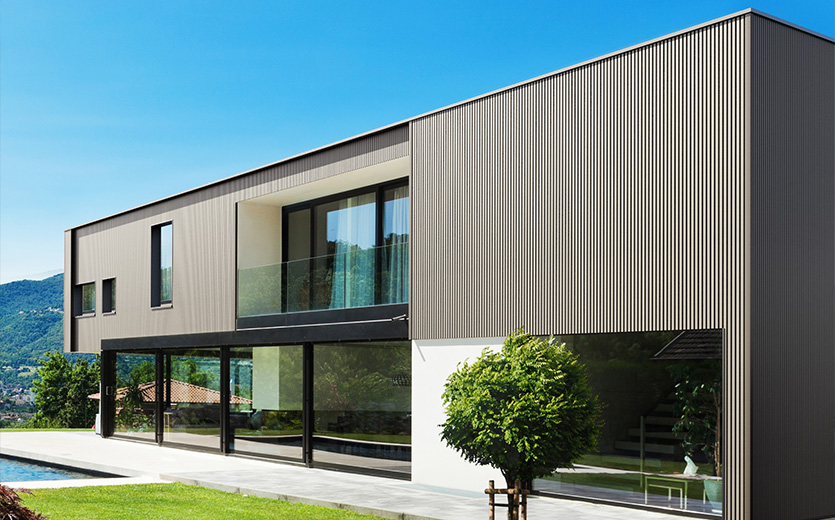
Compared to timber, composite cladding requires far less maintenance and care. Wood materials make good structural components but the problem is that it doesn’t last long when exposed to the elements. Composite cladding, on the other hand, is made of wood-plastic composite, a newly developed material that ensures greater durability. And that’s why composite cladding has risen to popularity in such a short time.
With that being said, maintaining and cleaning composite boards will be less of a hassle but a minimal amount of work is still needed. Today, we’ll discuss the things you need to look at when maintaining and cleaning composite cladding.
Cladding Damage Prevention
Do Not Write on Cladding
Writing on your cladding with chalk is a big no-no that you need to avoid. It happens when the owners try to inscribe something on the cladding. Little do they know that chalk lines and stains can be stubborn and hard to remove. It ruins the color and aesthetic of the cladding and tackling it would be costly and laborious.
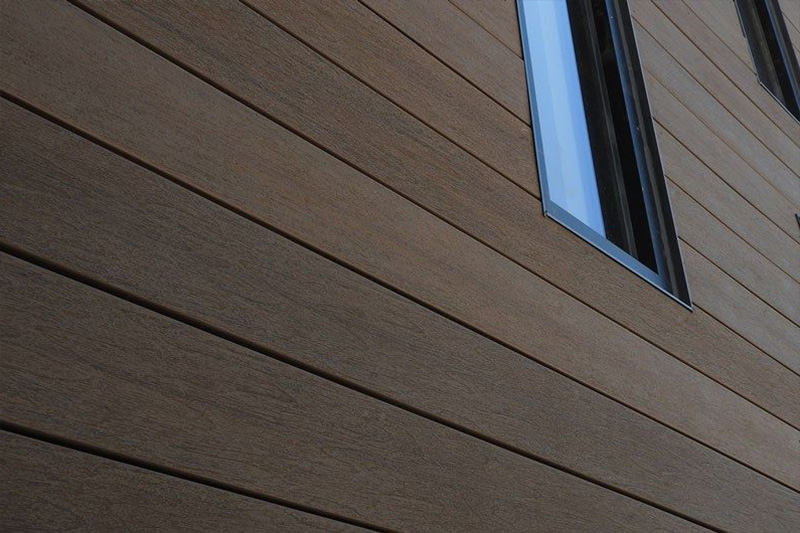
No Scratch
Scratching is no less severe than writing on cladding. Compared to wood cladding, it’s harder for composite cladding to get scratched but care is still needed. Keep in mind that sharp objects, when pressed against the surface, can cause bad scratches. Scratches on composite cladding take a great amount of energy to repair and are definitely what you need to watch out for in daily use.
Composite Cladding Cleaning
Mud, Dirt, and Organic debris
It’s fairly easy to remove mud and dirt on composite cladding. What you need to do is use a hose to rinse the surface. Use a mild detergent if needed. In case stubborn stains are encountered, scrub it with a soft bristle brush. A power washer can also be applied but you need to use a fan-tip nozzle and keep a safe distance between the surface and the nozzle.
Oil and Grease Stain
Luckily, it’s easier to get rid of oil and grease from composite than the wood cladding. To deal with oil and grease stains, all you need are warm soapy water and a soft bristle brush. Scrub the affected area along the grain, not against it, and rinse it with fresh water later.
Mould and Mildew
Under normal conditions and used in a proper manner, WPC cladding usually won’t go moldy. However, in rare cases, after being exposed to hot and humid conditions for a long time, mold and mildew can appear on the surface. Perhaps the best way to deal with it is to forestall mould growth by cleaning it frequently. To remove the mold, scrub the surface with a soft-bristle brush and then rinse it with water.
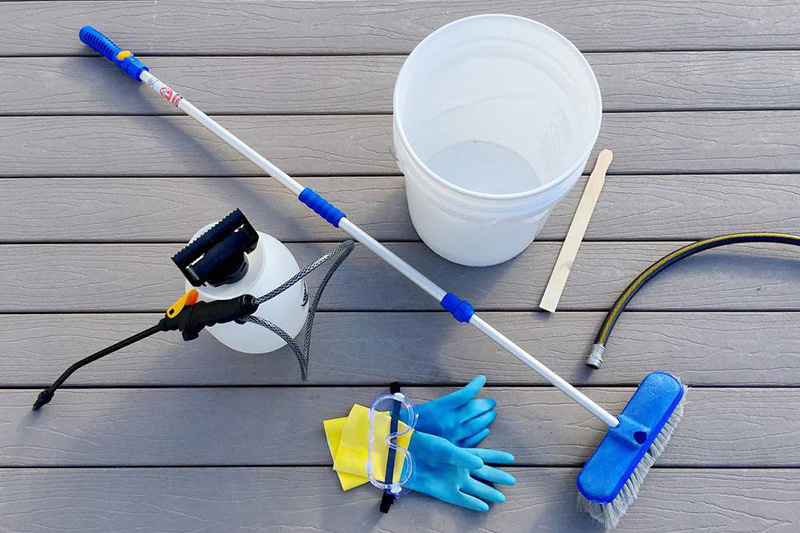
Handy Practices for Composite Cladding Cleaning
- Cleaning from top to bottom. As you might have noticed, cleaning cladding from top to bottom is the most effective way of doing the work. Doing it the opposite way will get you repeated work with dripping and runoffs along the area that you’ve previously cleaned.
- Go along the grain, not against it. To avoid accidentally scratching your cladding, scrubbing the surface in the direction of the grain is the safest way of doing it.
- Do not let soaps dry on it. When you clean your cladding with warm soapy water or detergent, make sure you don’t let the solution dry on the surface. Rinsing it with fresh water and wiping it clean with a piece of cloth ensure the best aesthetics.

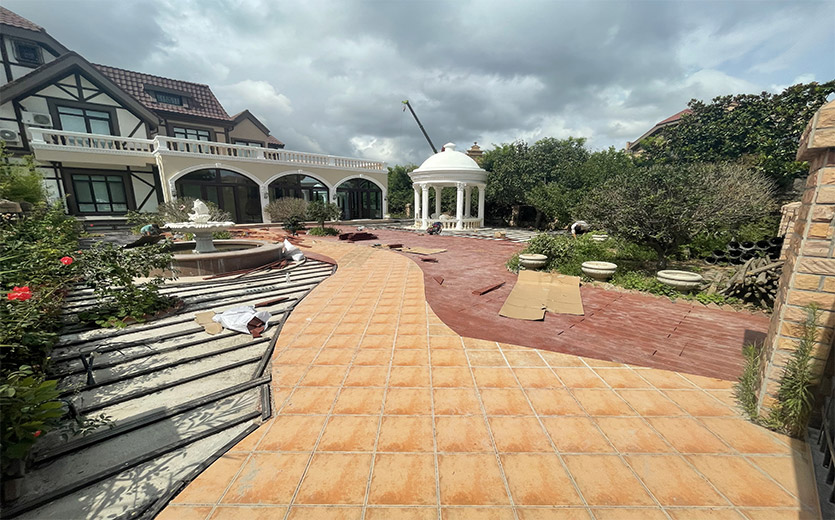
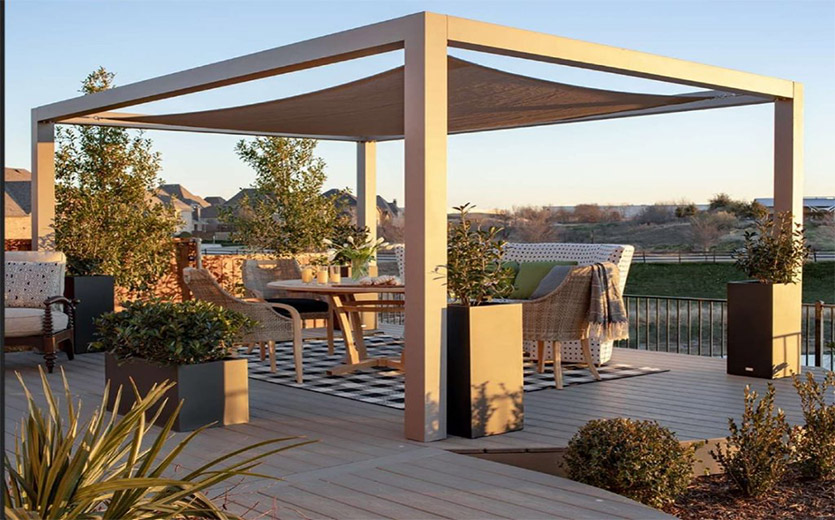
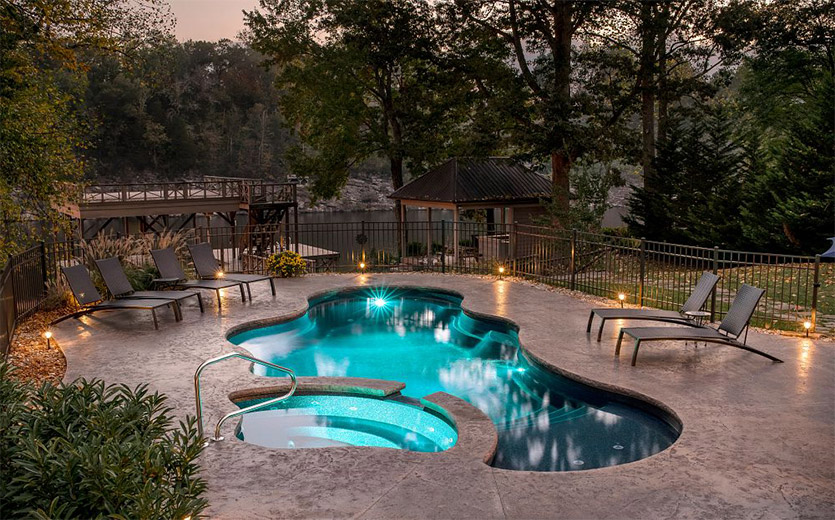
Post a Comment